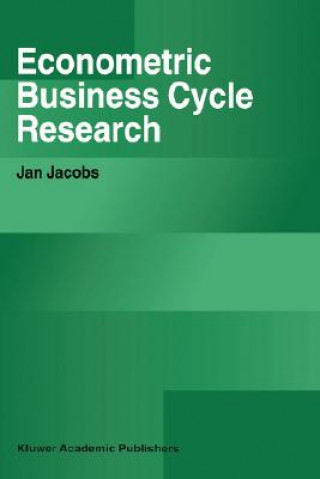
Kód: 01397516
Econometric Business Cycle Research
Autor Jan Jacobs
Econometric Business Cycle Research deals with econometric business cycle research (EBCR), a term introduced by the Nobel-laureate Jan Tinbergen for his econometric method of testing (economic) business cycle theories. EBCR combin ... celý popis
- Jazyk:
 Angličtina
Angličtina - Väzba: Pevná
- Počet strán: 228
Nakladateľ: Springer, 1998
- Viac informácií o knihe

139.94 €

Skladom u dodávateľa v malom množstve
Odosielame za 12 - 17 dní
Potrebujete viac kusov?Ak máte záujem o viac kusov, preverte, prosím, najprv dostupnosť titulu na našej zákazníckej podpore.
Pridať medzi želanie
Mohlo by sa vám tiež páčiť
-

List of Emigrant Ministers to America, 1690-1811
22.78 € -

Laboratory Animal Welfare
198.57 € -

Surface Properties of Layered Structures
277.94 € -

Terrorism
139.94 € -

Vědění a participace
6.36 € -12 % -
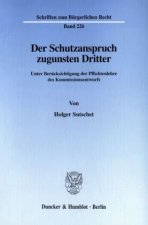
Der Schutzanspruch zugunsten Dritter.
75.05 €
Darujte túto knihu ešte dnes
- Objednajte knihu a vyberte Zaslať ako darček.
- Obratom obdržíte darovací poukaz na knihu, ktorý môžete ihneď odovzdať obdarovanému.
- Knihu zašleme na adresu obdarovaného, o nič sa nestaráte.
Viac informácií o knihe Econometric Business Cycle Research
Nákupom získate 345 bodov
 Anotácia knihy
Anotácia knihy
Econometric Business Cycle Research deals with econometric business cycle research (EBCR), a term introduced by the Nobel-laureate Jan Tinbergen for his econometric method of testing (economic) business cycle theories. EBCR combines economic theory and measurement in the study of business cycles, i.e., ups and downs in overall economic activity. We assess four methods of EBCR: business cycle indicators, simultaneous equations models, vector autoregressive systems and real business indicators. After a sketch of the history of the methods, we investigate whether the methods meet the goals of EBCR: the three traditional ones, description, forecasting and policy evaluation, and the one Tinbergen introduced, the implementation testing of business cycles. The first three EBCR methods are illustrated for the Netherlands, a typical example of a small, open economy. §The main conclusion of the book is that simultaneous equation models are the best vehicle for EBCR, if all its goals are to be attained simultaneously. This conclusion is based on a fairly detailed assessment of the methods and is not over-turned in the empirical illustrations. The main conclusion does not imply the end of other EBCR methods. Not all goals have to be met with a single vehicle, other methods might serve the purpose equally well - or even better. For example, if one is interested in business cycle forecasts, one might prefer a business cycle indicator or vector autoregressive system. §A second conclusion is that many ideas/concepts that play an important role in current discussions about econometric methodology in general and EBCR in particular, were put forward in the 1930s and 1940s. §A third conclusion is that it is difficult, if not impossible, to compare the outcomes of RBC models to outcomes of the other three methods, because RBC modellers are not interested in modelling business cycles on an observation-per-observation basis. A more general conclusion in this respect is that methods should adopt the same concept of business cycles to make them comparable.
 Parametre knihy
Parametre knihy
Zaradenie knihy Knihy po anglicky Economics, finance, business & management Economics Microeconomics
139.94 €
- Celý názov: Econometric Business Cycle Research
- Autor: Jan Jacobs
- Jazyk:
 Angličtina
Angličtina - Väzba: Pevná
- Počet strán: 228
- EAN: 9780792382546
- ISBN: 0792382544
- ID: 01397516
- Nakladateľ: Springer
- Hmotnosť: 1150 g
- Rozmery: 235 × 155 × 18 mm
- Dátum vydania: 30. September 1998
Obľúbené z iného súdka
-

Confessions of the Pricing Man
31.82 € -19 % -
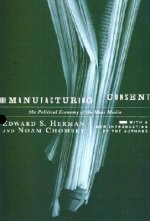
Manufacturing Consent
21.14 € -10 % -

Microeconomics, Global Edition
106.78 € -
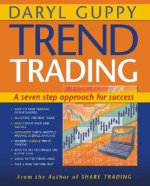
Trend Trading - A Seven-step Approach to Success
45.48 € -19 % -

Microeconomics
103.18 € -

Workouts in Intermediate Microeconomics
85.93 € -

Bringing Home the Birkin
15.60 € -

Microeconomics, Global Edition
117.86 € -

Intermediate Microeconomics: A Modern Approach
75.15 € -

Microeconomics: A Very Short Introduction
10.16 € -22 % -

Intermediate Microeconomics with Calculus: A Modern Approach
78.54 € -

Power to Compete
20.94 € -21 % -

Advanced Microeconomic Theory
76.79 € -

Practitioner's Guide to Stochastic Frontier Analysis Using Stata
80.08 € -
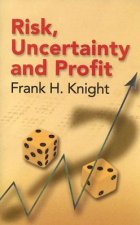
Risk, Uncertainty and Profit
18.57 € -3 % -

Model Essays for IB and A Level Economics
26.28 € -

Model Essays for IB & A Level Economics
26.28 € -
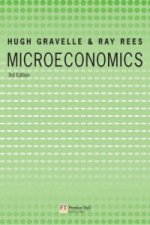
Microeconomics
116.32 € -
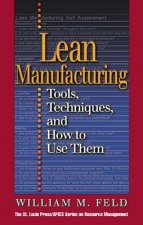
Lean Manufacturing
129.26 € -

Microeconomic Analysis
80.80 € -
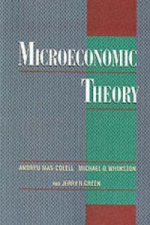
Microeconomic Theory
175.88 € -

Microeconomics Anti-Textbook
26.07 € -11 % -
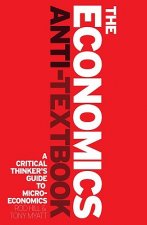
Economics Anti-Textbook
47.22 € -

Intermediate Microeconomics
96.92 € -

Structure and Change in Economic History
39.93 € -

Intermediate Microeconomics A Modern Approach 9th International Student Edition + Workouts in Intermediate Microeconomics for Intermediate Microeconom
99.07 € -

Tsukiji
43.22 € -

Reinventing the Bazaar
16.83 € -13 % -

Firm Commitment
44.24 € -

Principles of Business Economics
131.01 € -

Microeconomics For Dummies, UK Edition
22.37 € -4 % -

Economics of Organizational Design
139.94 € -

Household and Family Economics
215.20 € -

Microeconomics
132.14 € -

Microeconomics
78.85 € -

Entrepreneurship, Innovation, and Economic Development
220.23 € -
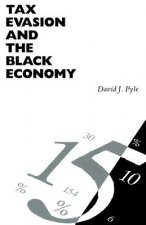
Tax Evasion and the Black Economy
58.41 € -4 % -

Microeconomics as a Second Language
15.80 € -70 % -

Value of Everything
18.88 € -8 % -
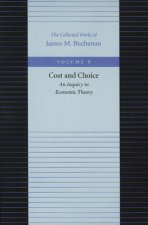
Cost & Choice -- An Inquiry in Economic Theory
17.86 € -

Price Theory and Applications
105.85 € -

Behavioral Economics and the Law
89.83 € -

Economic Crisis and Crisis Theory
282.05 € -

Public Economics and the Household
52.56 € -15 % -

Economics and Consumer Behavior
70.22 € -

Latex and Lingerie
66.42 € -

Investment Banks, Hedge Funds, and Private Equity
103.90 € -

Nature of the Firm
105.03 € -

Workbook for Microeconomics
48.35 €
Osobný odber Bratislava a 2642 dalších
Copyright ©2008-24 najlacnejsie-knihy.sk Všetky práva vyhradenéSúkromieCookies


 21 miliónov titulov
21 miliónov titulov Vrátenie do mesiaca
Vrátenie do mesiaca 02/210 210 99 (8-15.30h)
02/210 210 99 (8-15.30h)